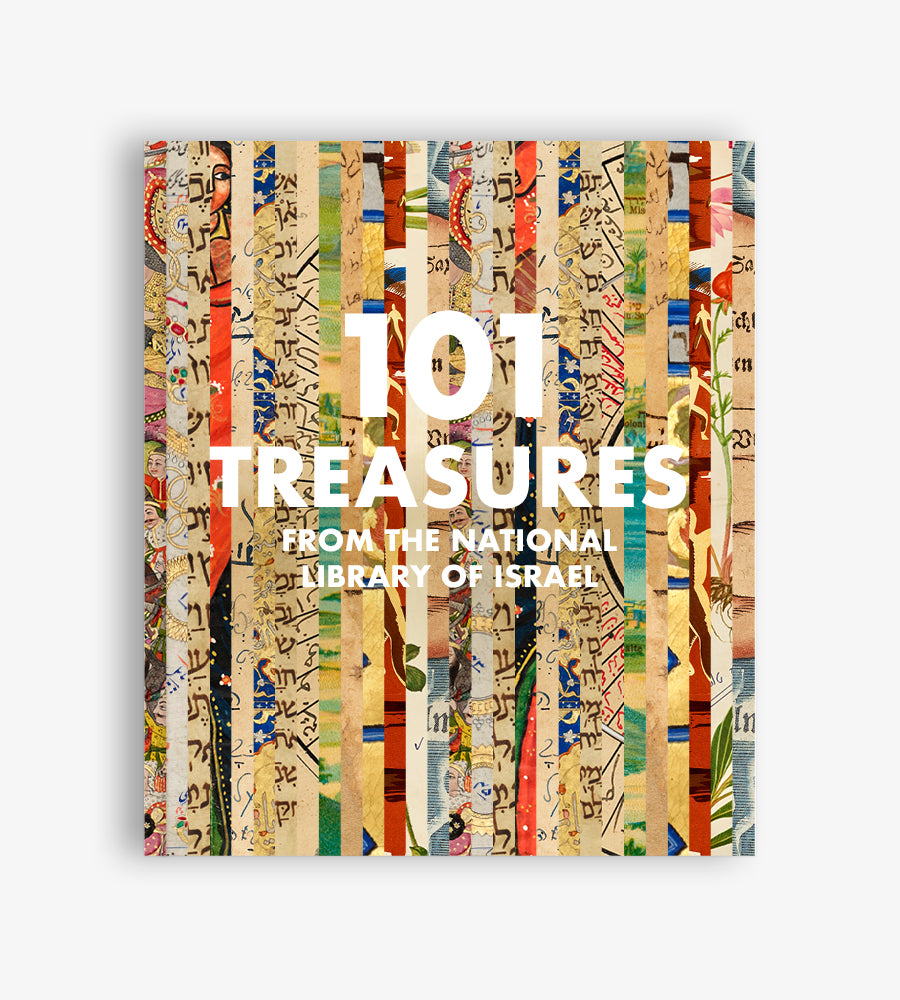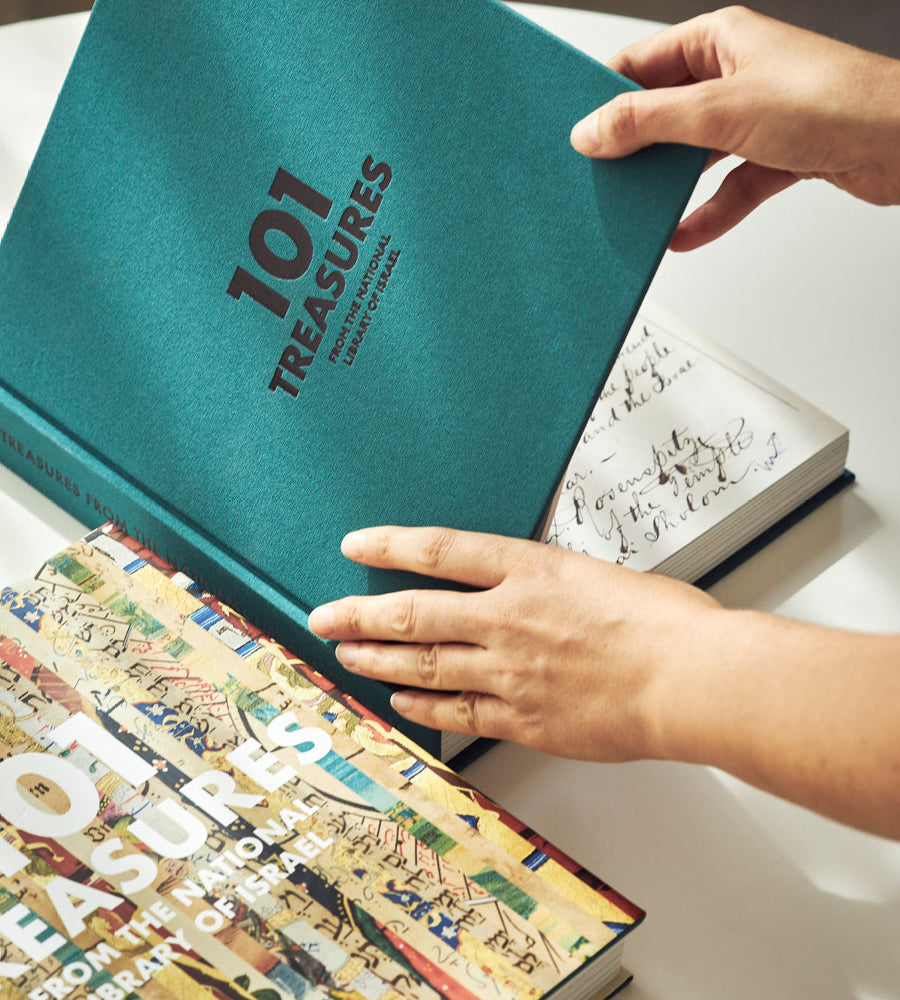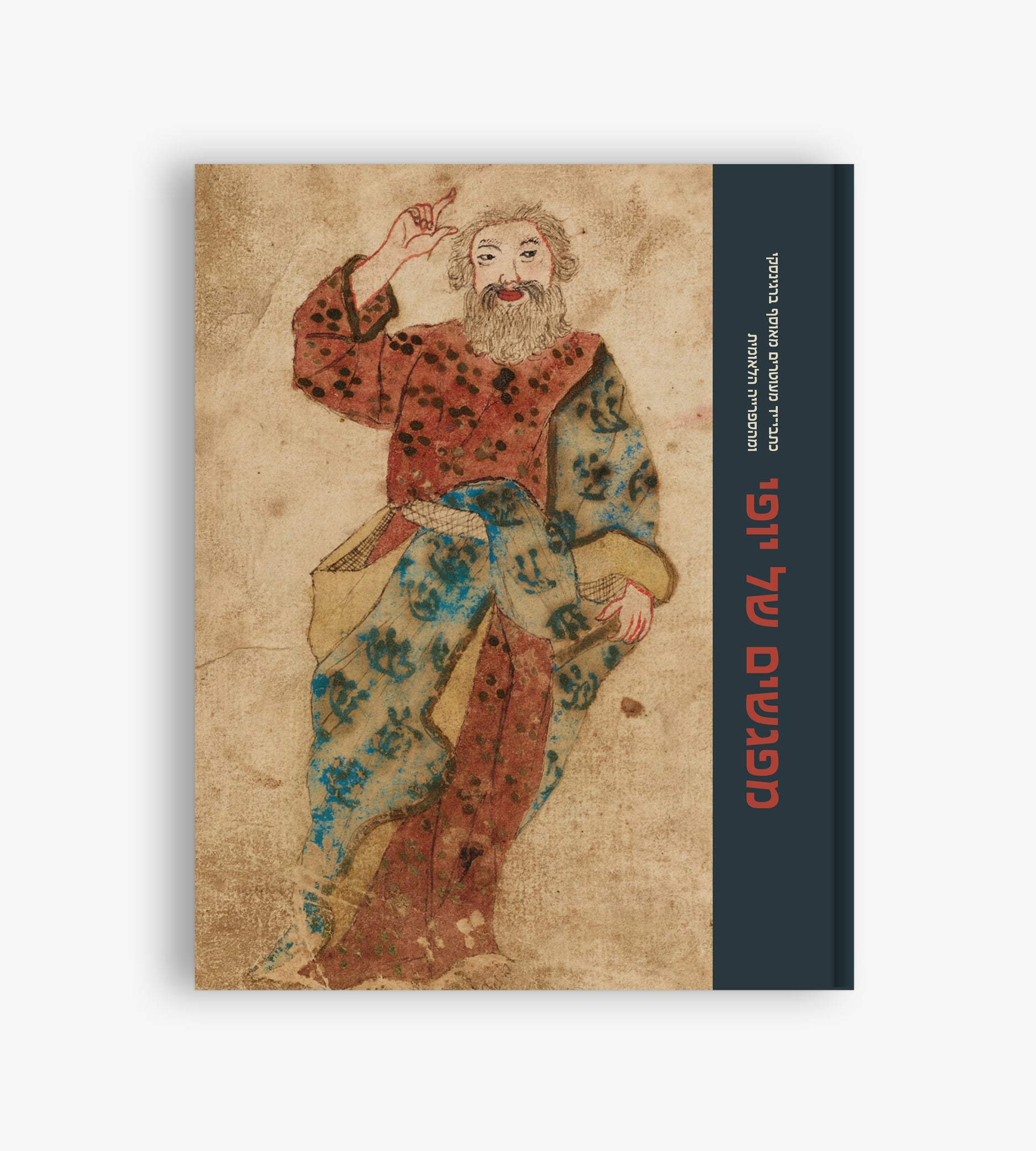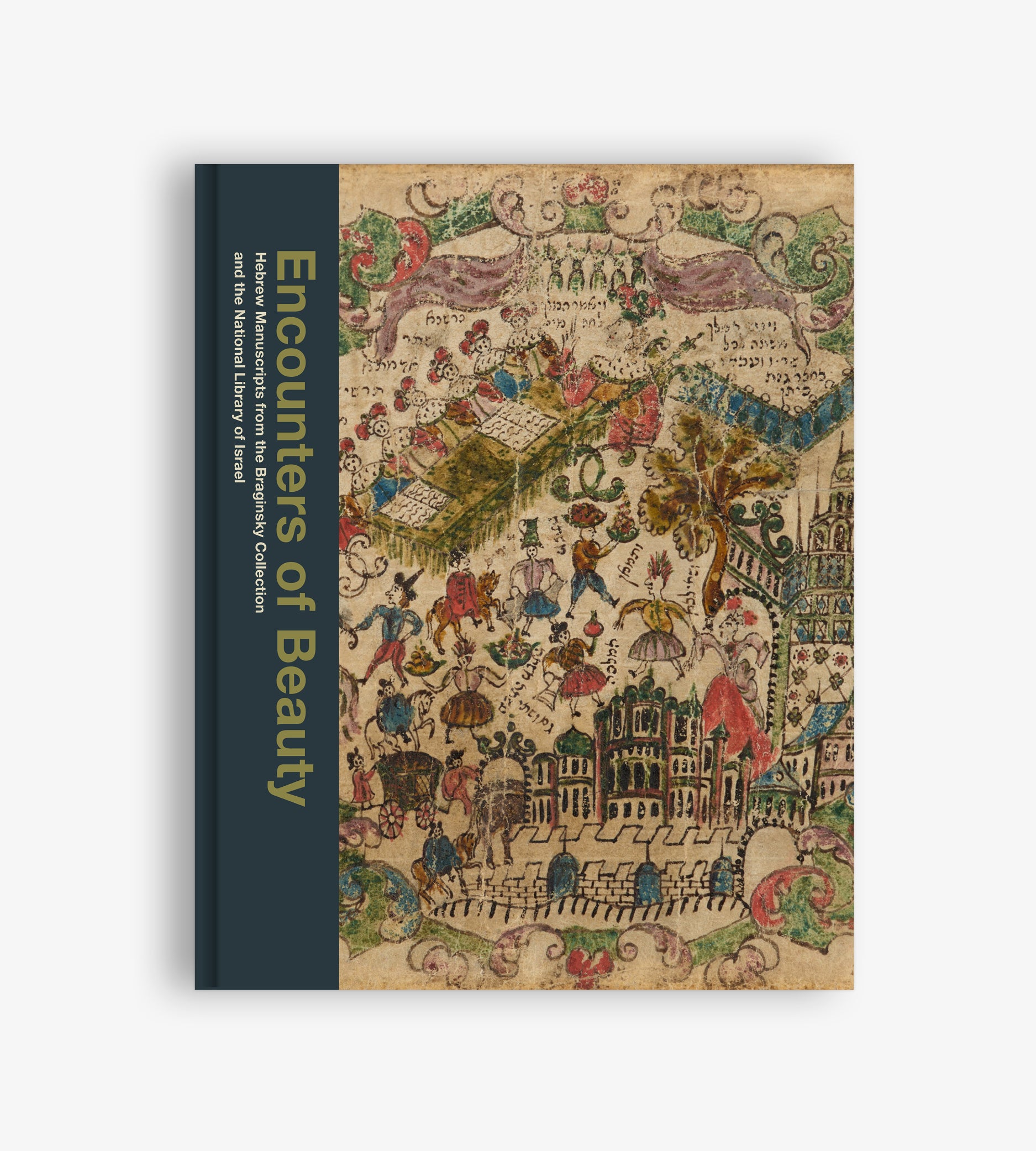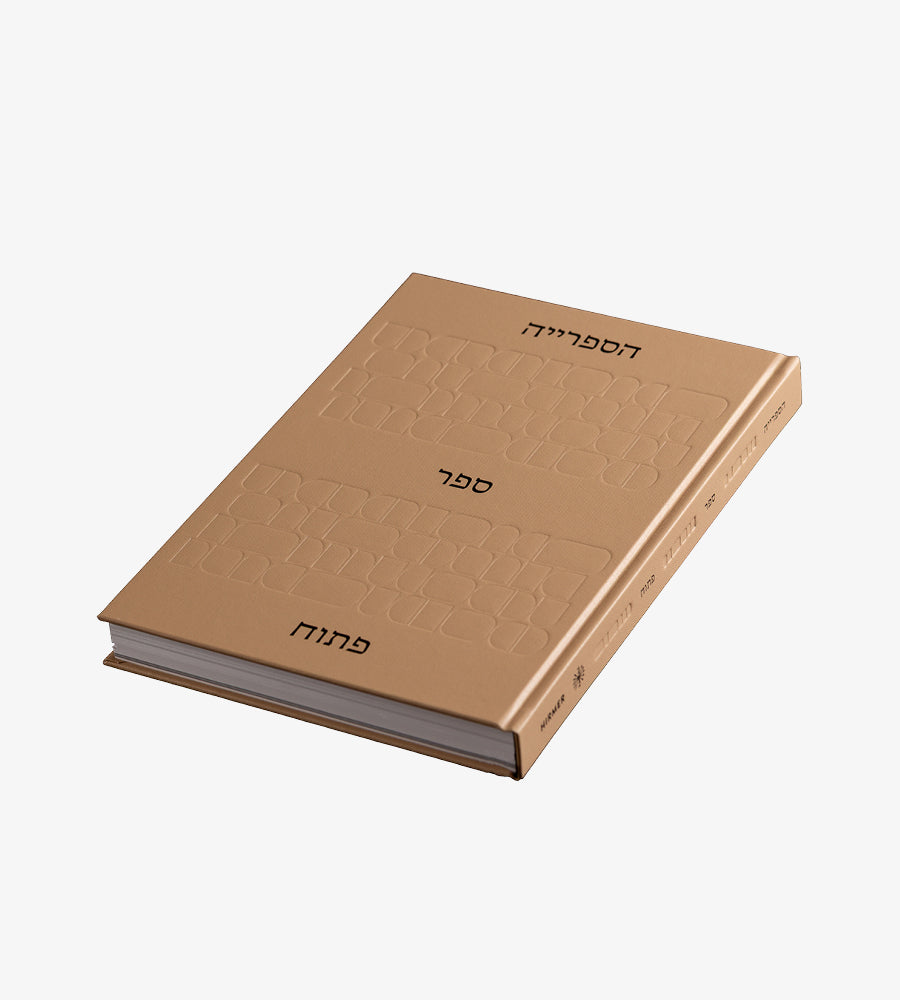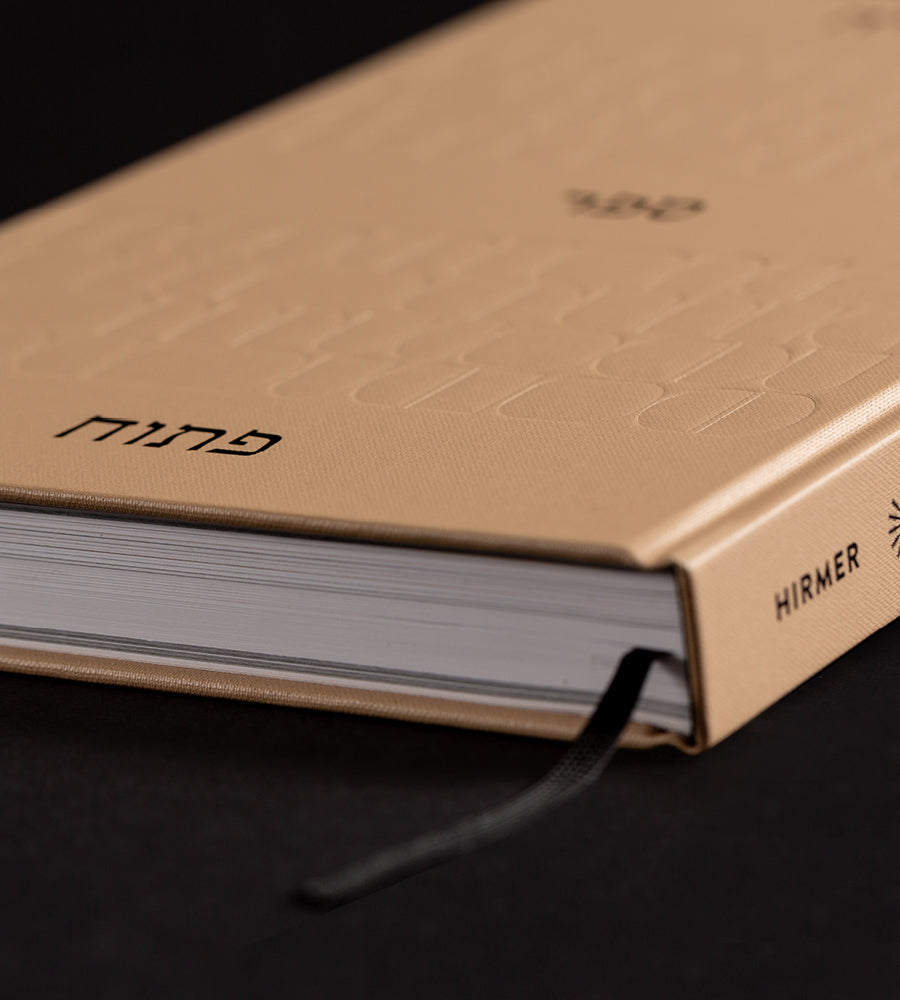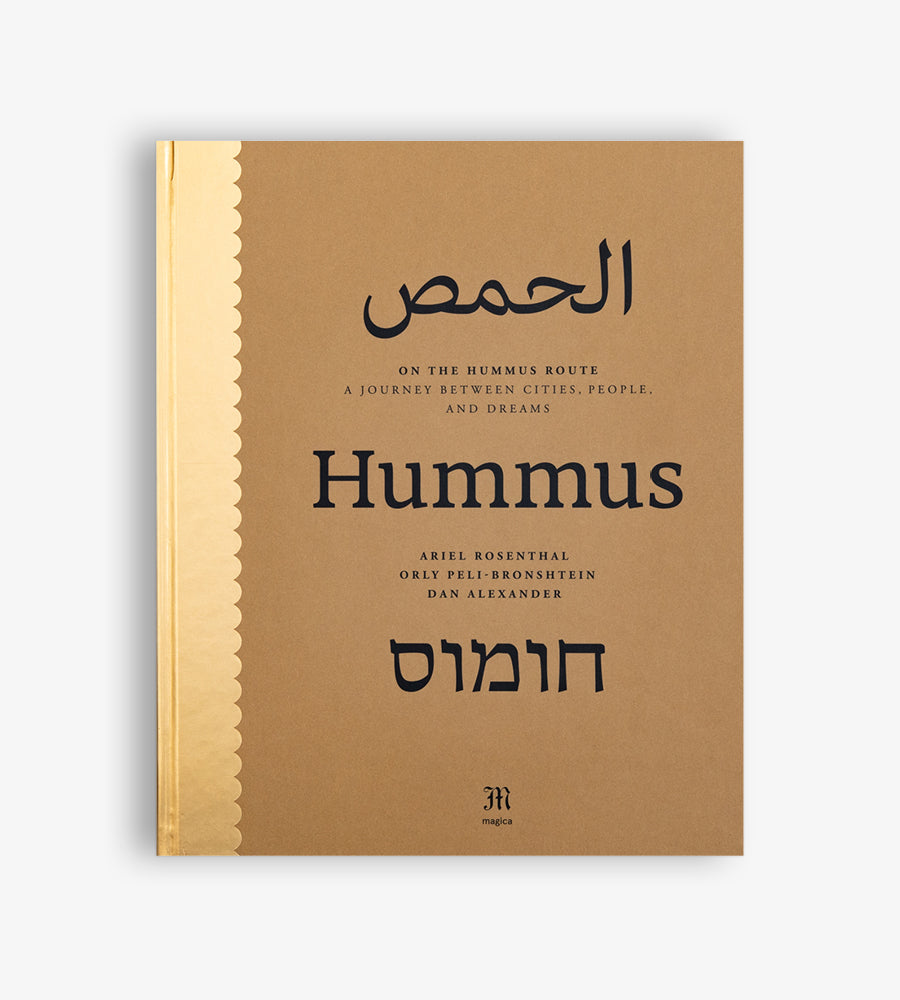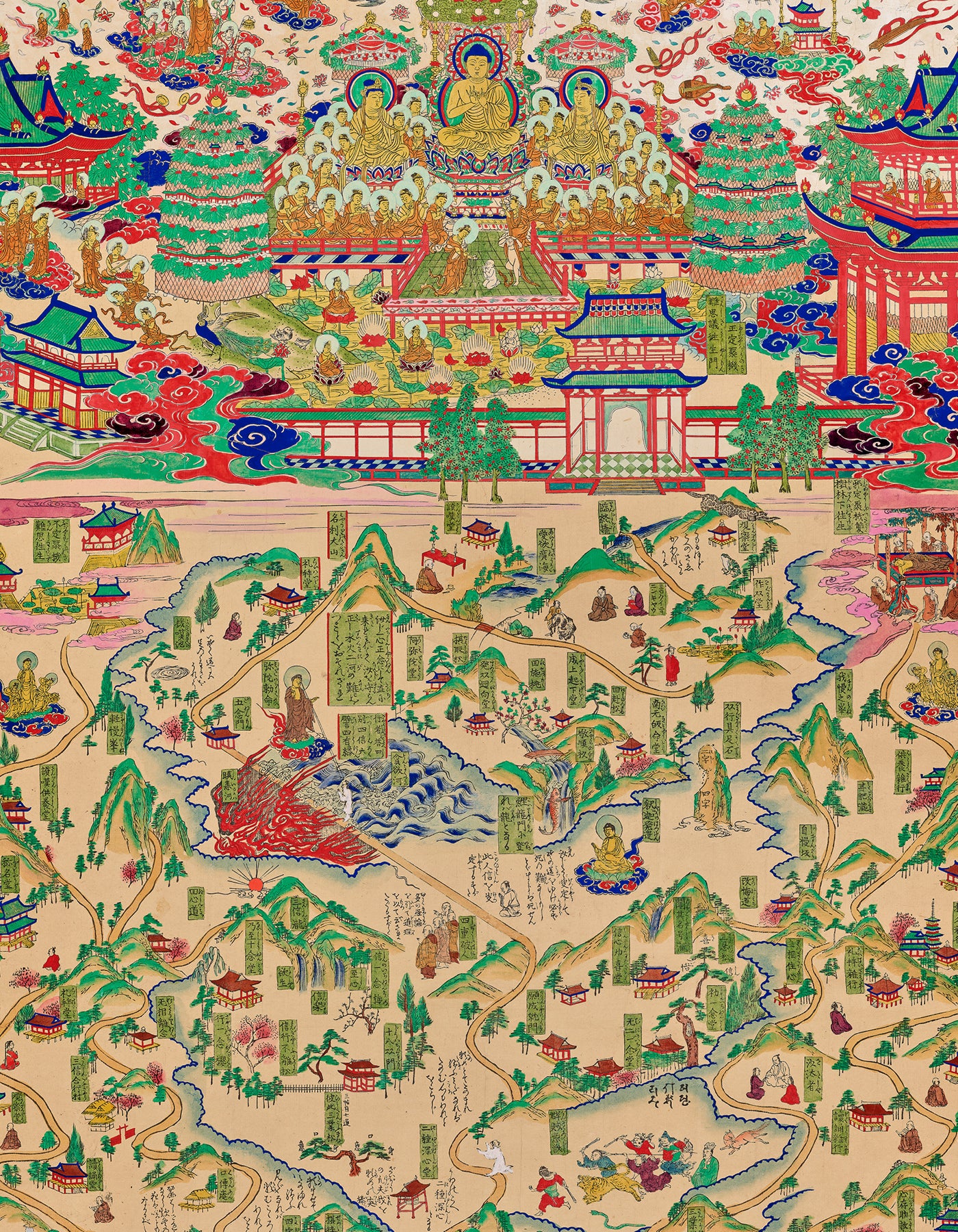
The Buddha Travels to Jerusalem
Milka Levy-Rubin

About 100 years ago, the National Library came into possession of an exceptional collection of 139 little-known Buddhist paintings. These are primarily copies of originals found in Japanese Buddhist temples during the nineteenth century depicting various expressions of Buddha, patriarchs, monks, and landscapes. Being far removed from the library’s collection areas, how did these Japanese Buddhist paintings end up at the National Library of Israel?
The story of their arrival at the library is indeed a fascinating one. The collection was bequeathed to the library in 1925 by Elizabeth Anna Gordon (1851–1925), a devout Christian and ardent Zionist. A former lady-in-waiting to Queen Victoria, Gordon visited Japan in 1891 and, enthralled by her visit, relocated to Kyoto in 1907, where she remained until her death. During her years in Kyoto, she spent her time researching Japanese Buddhism and expanding her collection of Buddhist art. Gordon adopted a belief, prevalent at the time, that the Japanese were descendants of the ten lost tribes of Israel and the British were descendants of the tribe of Judah. She believed that the meeting between the Japanese and English royalty would bring about the reunion of Judah and Israel and a return to the Land of Israel, thus heralding the Messianic age. Regarding the rise of Zionism as part of this larger plan, Gordon became a fervent supporter of the Zionist movement; she even financed the Zionist Organization’s 1903 expedition to investigate Uganda as a homeland for the Jews. Her decision to bequeath part of her art collection to the National Library of the Jewish people was no doubt inspired by these deep beliefs.


